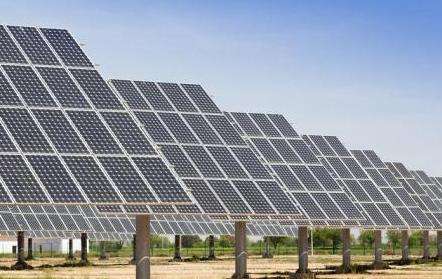Hydraulic generator refers to a generator that uses a hydraulic turbine as the prime mover to convert water energy into electrical energy. As water flows through the turbine, the energy of the water is converted into mechanical energy. The rotating shaft of the turbine drives the generator rotor, which converts mechanical energy into electrical energy and produces it. It is the main electrical equipment for producing electrical energy in hydroelectric power stations. Basic principle: In a hydraulic turbine, water flows radially into the water guiding mechanism through the guiding effect of the volute, converting the kinetic energy of the liquid into static pressure energy, and then converts static pressure energy into rotor kinetic energy. through the blades. The runner passes through the main shaft and generates electricity. The machine rotor coupling drives the rotor to rotate andcut the magnetic coil of the generator stator. It uses the principle of electromagnetic induction to generate high voltage electricity in the generator coil. It is then amplified by the transformer and sent to the power grid via the transmission line. The water flow ultimately flows axially. Large and medium-sized hydraulic turbines generally use metal scrolls, the main function of which is to guide the flow of fluid and convert the kinetic energy of the liquid into static pressure energy. The tilt angle of the movable guide vanes in the water guiding mechanism is adjustable, and its main function is to adjust the flow rate.
Working principle of large hydroelectric generator
Introduction Working Principle of Large Hydrogenerator Hydrogenerator refers to a generator that uses a hydraulic turbine as the main engine to convert water energy into electrical energy. As water flows through the turbine, the energy of the water is converted into m














